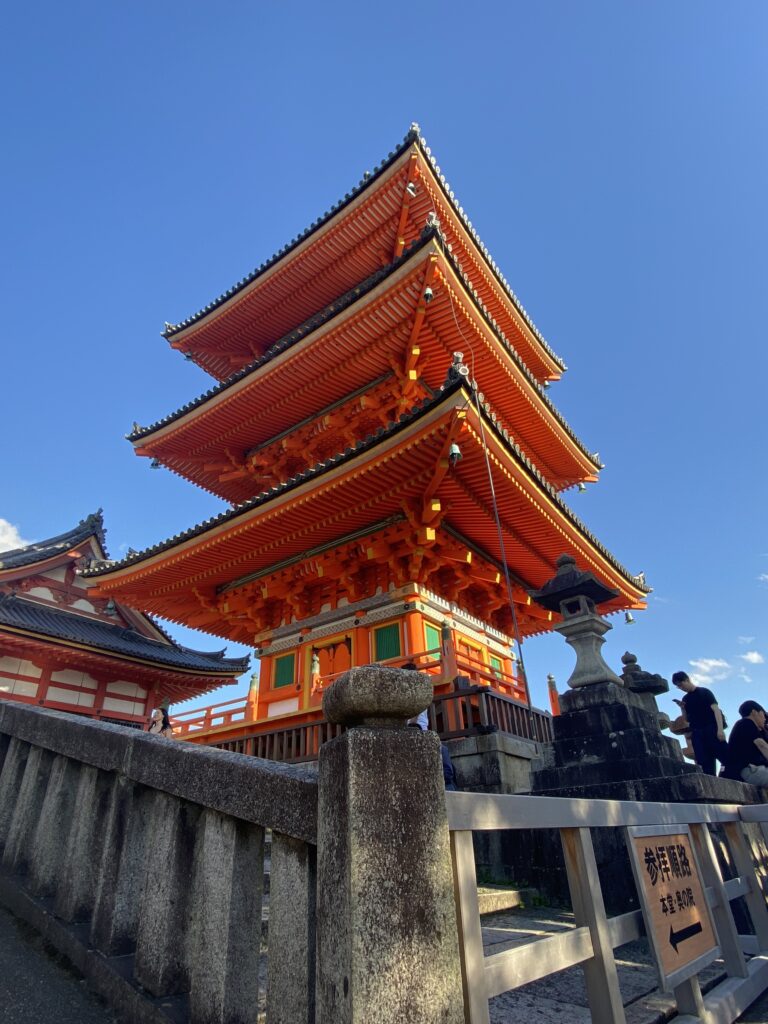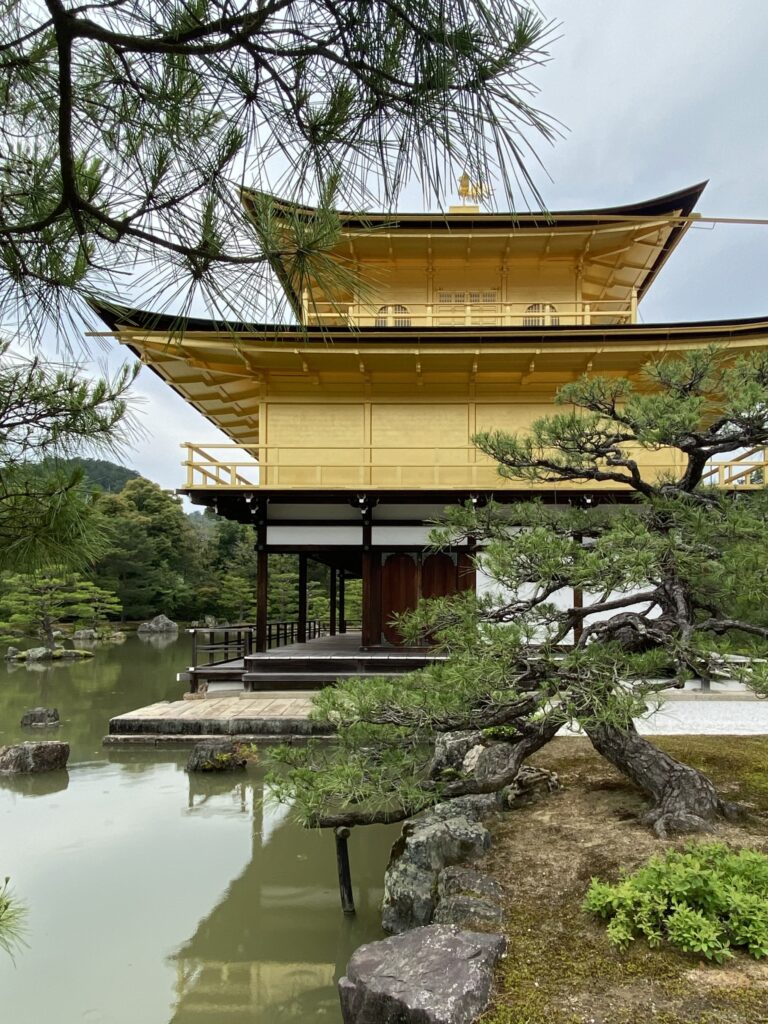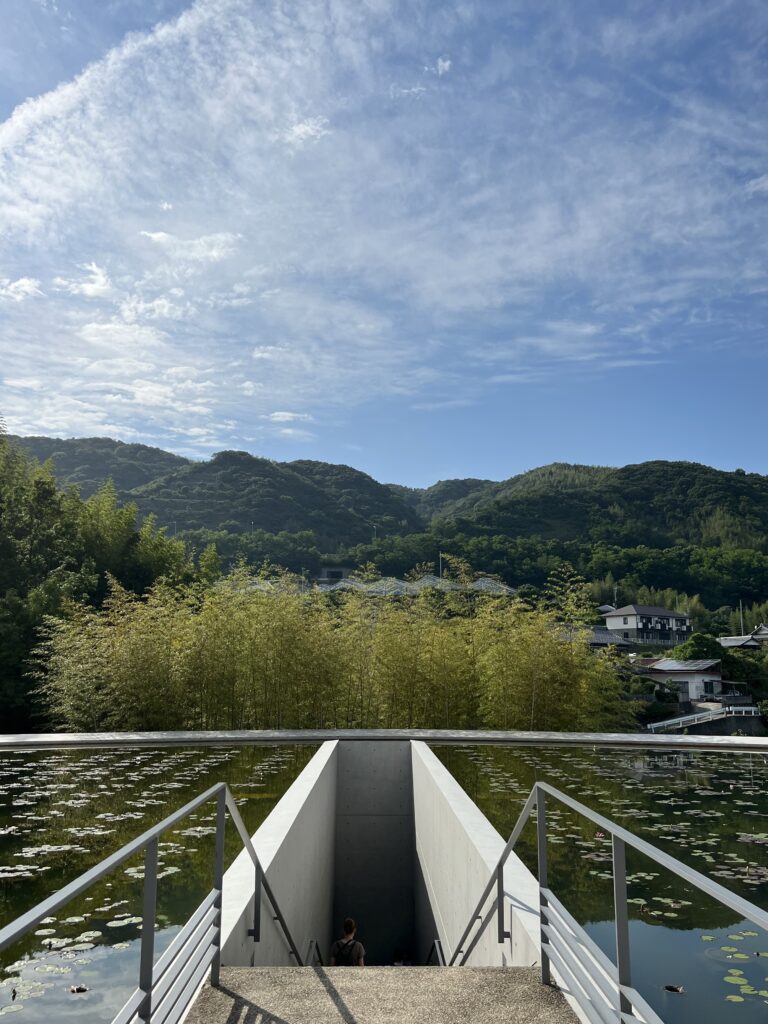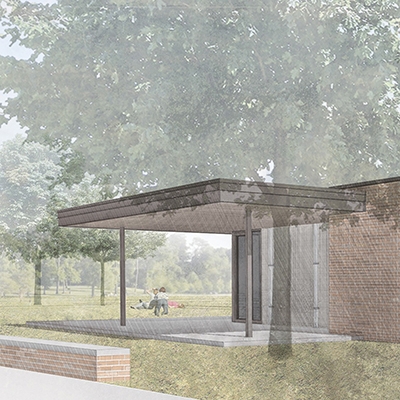Japanese architecture stands as a testament to the intricate interplay between artistry, tradition, and innovation. Characterized by meticulous craftsmanship, harmonious aesthetics, and a deep connection with nature, Japanese architectural design has evolved over the centuries, leaving an indelible mark on the world of construction and design. This essay delves into the fascinating journey of Japanese architectural craftsmanship, tracing its evolution through the years and highlighting its enduring significance in the realm of architectural excellence.


The Ancient Roots of Craftsmanship:
The foundations of Japanese architectural craftsmanship were laid in antiquity, where reverence for nature and spiritual beliefs played a pivotal role. Temples, shrines, and palaces during the Nara and Heian periods (8th to 12th centuries) showcased the meticulous woodworking techniques known as “miyadaiku.” Craftsmen, often considered artists, employed these techniques to erect magnificent wooden structures that seamlessly blended with their natural surroundings. This era introduced the Japanese concept of “wabi-sabi,” embracing imperfections and transience, which heavily influenced architectural aesthetics.


Zen Aesthetics and Architectural Simplicity:
The Kamakura and Muromachi periods (12th to 16th centuries) marked the influx of Zen Buddhism and its profound impact on architectural design. Zen temples, such as Ryoan-ji, exemplified the simplicity and tranquility inherent in Zen aesthetics. Japanese craftsmen mastered the art of “sashimono,” intricate joinery techniques that allowed structures to be constructed without nails. The understated beauty of Zen gardens and tea houses demonstrated a harmonious connection between architecture, nature, and spirituality.
Incorporating Western Influences:
The Meiji Restoration in the 19th century brought Japan into contact with Western influences, leading to a paradigm shift in architectural design. Traditional craftsmanship merged with modern construction materials and methods. The Tokyo Station, an iconic example of this era, blended Western brickwork with Japanese architectural elements. This fusion of styles showcased the adaptability and resilience of Japanese craftsmen in the face of changing times.


Contemporary Excellence:
The post-World War II period saw the emergence of architectural luminaries like Kenzo Tange and Tadao Ando. Tange’s Metabolist movement envisioned structures that could evolve and adapt, mirroring the growth of living organisms. Ando’s minimalism embraced the interplay of light and space to create immersive experiences. Despite these contemporary approaches, the unwavering commitment to craftsmanship persisted. Japanese architects embraced technology while upholding the values of precision and aesthetic refinement.
The evolution of Japanese architectural craftsmanship is a journey marked by its unwavering dedication to precision, aesthetics, and harmony. From ancient temples to modern skyscrapers, the thread of intricate craftsmanship binds generations together. As a fusion of tradition and innovation, Japanese architecture reflects the nation’s cultural values, spiritual beliefs, and adaptability. The evolution of this craftsmanship is a testament to the enduring pursuit of excellence, a journey that continues to inspire architects and designers worldwide. The legacy of Japanese architectural craftsmanship serves as a reminder that through time, dedication, and artistry, humans can shape their surroundings in ways that honor the past while embracing the future.
References
Do You Know Japan. (n.d.). Brief Overview of Architecture in Japan. Retrieved from Do You Know Japan: https://doyouknowjapan.com/architecture/
Koh, J. (2022, January 28). An Architectural Guide to Post-War Buildings in Tokyo. Retrieved from Passion Passport: https://passionpassport.com/an-architectural-guide-to-post-war-buildings-in-tokyo/
Koren, L. (2008). Wabi-Sabi for Artists, Designers, Poets & Philosophers. Upfront Books.
Ulak, J. T. (2023, August 11). Japanese Architecture. Retrieved from Brittanica: https://www.britannica.com/art/Japanese-architecture
Explore
Luv Shak 2.0
Natchitoches Parish, Louisiana
Residential
“I like to see weather changing. The flash and crash of lighting and thunder. I like the morning light before sunrise, the day sounds of life awakening. I like strong wind gusts. I like the sound of rope running through a tackle block.” (Client Manifesto excerpt)
Kevin Barden
Architect
Art and Design
In this episode, our resident architect Joe Rivers sits down with our other resident architect Kevin Barden from Minnetonka, Minnesota. Kevin and Joe first met at the Frank Lloyd Wright School of Architecture, over a decade ago. Since then, Kevin's journey in architecture has taken him many places, including Chur, Switzerland where he studied and worked for two and half years, and Houston, Texas where Rivers Barden Architects laid its roots. Joe sat down with Kevin to discuss his beginning in architecture, his influences, and his mantra for living a fulfilled life.
The Architectural Vernacular of Houston
Joe Rivers
Writing
As the architectural historian Paul Oliver aptly puts it, “All forms of vernacular architecture are built to meet specific needs, accommodating the values, economies, and ways of life of the cultures that produce them.” In this article, we will explore the various dimensions of architectural vernacular and why it is essential for crafting designs that resonate with the heart and soul of Houston and the Gulf Coast.


